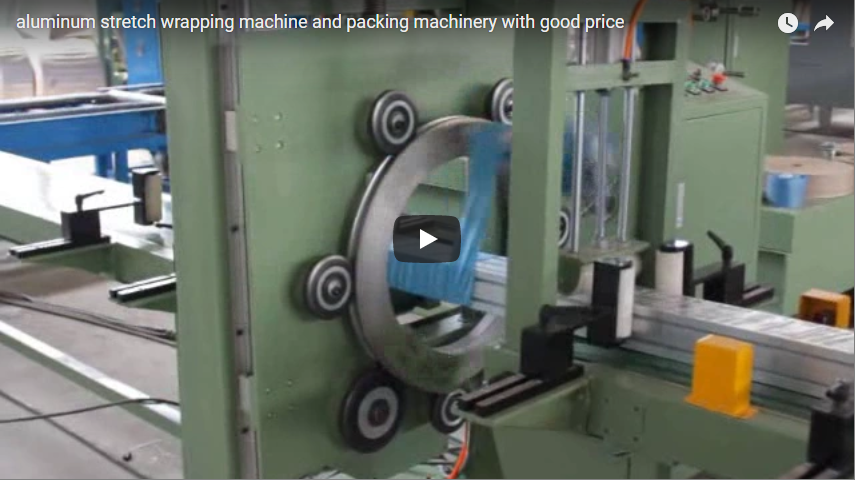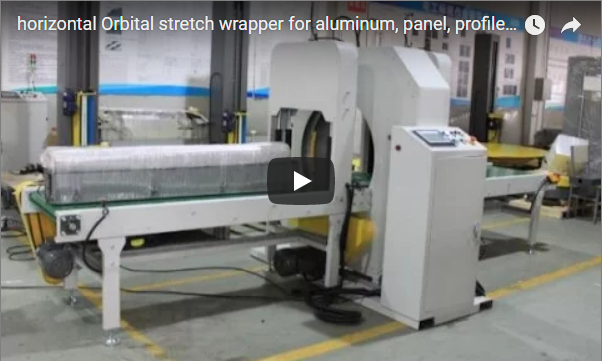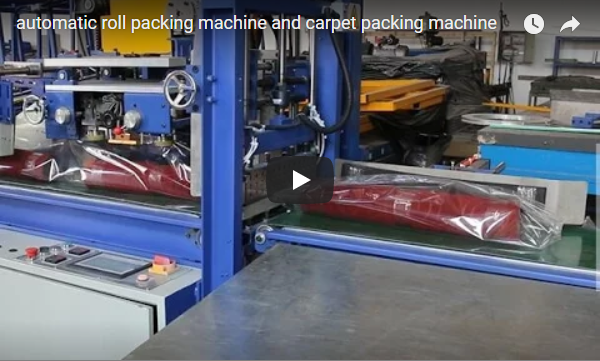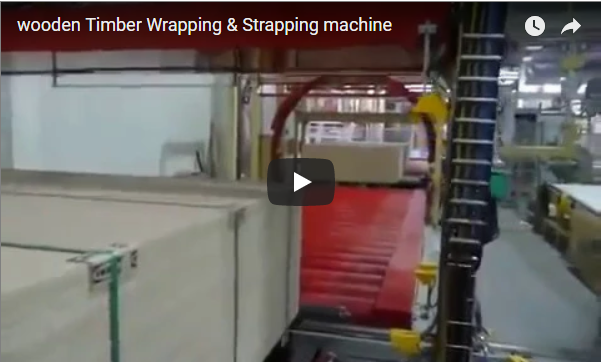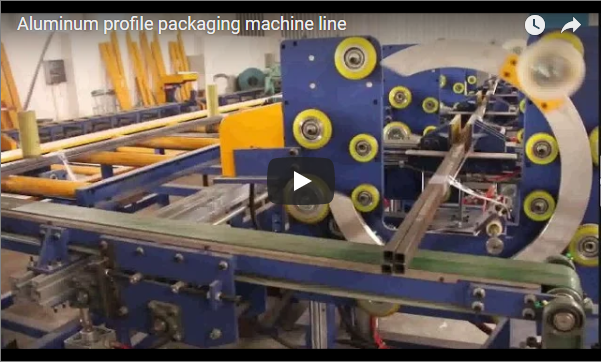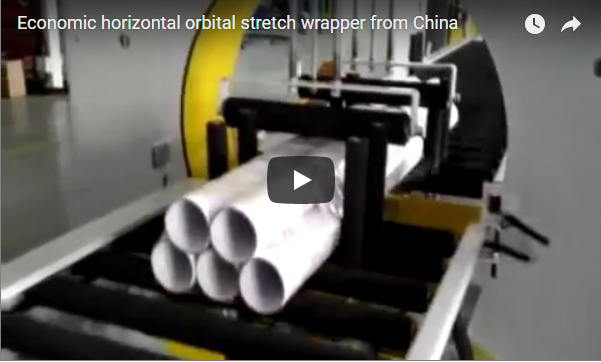Optimizing Low-Volume Packaging: A Closer Look at the Economic Orbital Wrapper
For fabrication shops and manufacturers dealing with long, bulky, or awkwardly shaped products like cabinets, extrusions, or assembled frames, efficient packaging is crucial for protection during transit and storage. While high-speed automated systems dominate large-scale operations, many businesses require a more budget-conscious solution for lower volume needs. The economic orbital wrapper, as demonstrated in the video above, fills this niche effectively. This article delves into the technical specifications, design considerations, operational aspects, and user experience of this type of horizontal stretch wrapping machine, providing valuable insights for potential users.
The video showcases a typical application: wrapping a cabinet using 500mm width stretch film. This machine type is specifically engineered as a cost-effective solution for operations that don't require the high throughput or advanced automation of premium models.
1. Understanding the "Economic" Designation
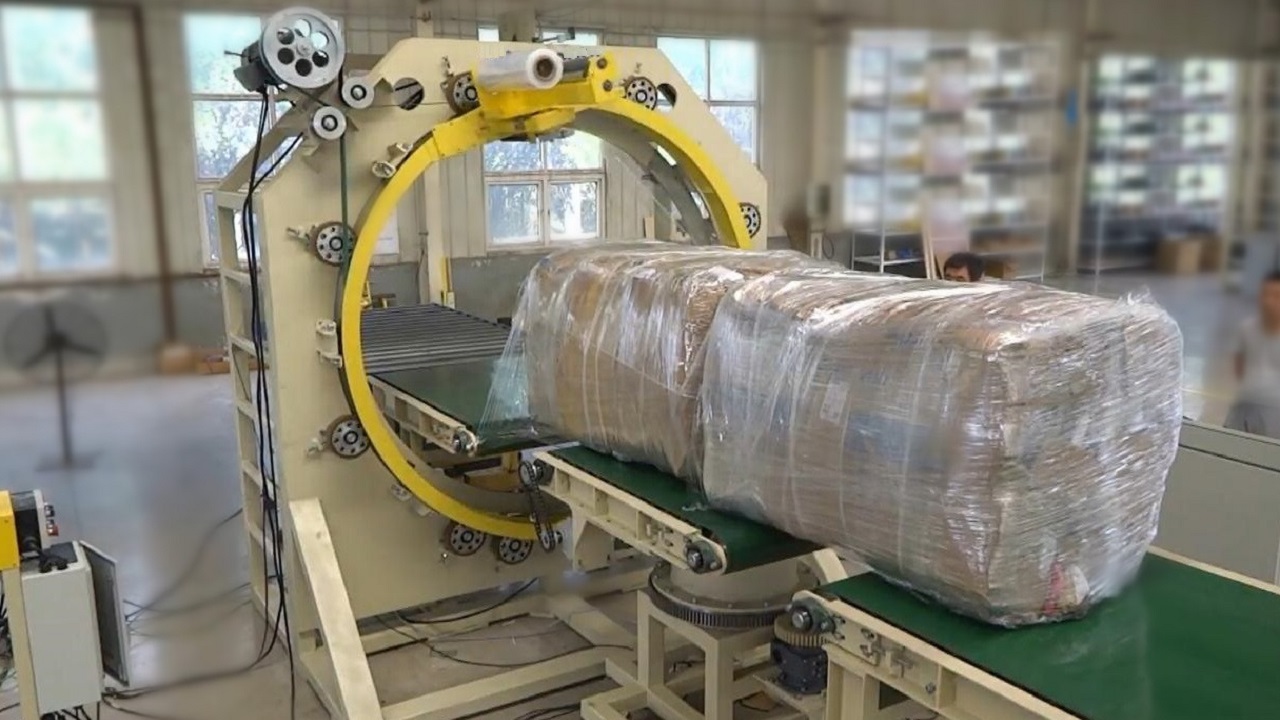
What distinguishes an "economic" orbital wrapper? Primarily, it's a focus on core functionality with simplified mechanics and controls compared to high-production machines. This typically translates to:
- Lower Initial Investment: Making automated wrapping accessible to smaller businesses or those with intermittent needs.
- Simplified Controls: Often featuring straightforward control panels, reducing training time and potential points of failure.
- Manual or Semi-Automatic Operation: May require more operator interaction for tasks like film attachment/cutting compared to fully automated lines.
- Moderate Throughput: Designed for applications where speed is secondary to protection and cost-effectiveness.
2. Key Technical Specifications & Performance Data (Representative Example)
Understanding the machine's capabilities requires looking at its core specifications. While exact numbers vary by model, here's a typical range for an economic orbital wrapper suitable for cabinet-sized items:
- Maximum Package Dimensions:
- Length: Often unlimited (depends on conveyor configuration)
- Width: 800mm - 1200mm
- Height: 600mm - 1000mm
- Wrapping Ring Speed: 40 - 80 RPM (Revolutions Per Minute), typically adjustable.
- Conveyor Speed: 5 - 15 m/min (Variable speed control is common).
- Film Type: LLDPE Stretch Film
- Film Roll Width: Standard 500mm (as shown in video)
- Film Roll Outer Diameter: Up to 250mm
- Film Roll Core Diameter: 76mm (Standard)
- Film Tension Control: Mechanical Brake or Basic Powered Pre-stretch (e.g., up to 150%)
- Power Supply: 220V/380V, 3-Phase, 50/60Hz (Specify based on region)
- Approximate Power Consumption: 1.5 - 3.0 kW
- Control System: Basic PLC or Relay Logic with Push-button Interface
- Target Throughput: 15-30 packages per hour (highly dependent on package length and operator efficiency)
3. Design, Structure, and Key Components
The reliability and performance of an orbital wrapper stem from its construction and component choices. Economic models prioritize durability within budget constraints:
- Frame: Typically constructed from welded heavy-gauge carbon steel, powder-coated or painted for durability.
- Wrapping Ring Assembly: The core component. Usually a robust steel or aluminum ring driven by a motor via a belt or chain system. It houses the film carriage.
- Film Carriage: Holds the stretch film roll. Economic models often feature a mechanical friction brake for tension or a simple motorized pre-stretch system to optimize film usage. Film replacement should be straightforward.
- Conveyor System: Powered roller or belt conveyors transport the product through the wrapping ring. Infeed and outfeed conveyors are essential. Roller materials (e.g., galvanized steel, PVC coated) depend on the product being handled.
- Press-Down Rollers/Guides: Pneumatically or manually adjustable top rollers or side guides help stabilize taller or unstable loads during wrapping.
- Safety Features: Essential guards around the rotating ring, emergency stop buttons readily accessible, and sometimes light curtains on higher-spec "economic" models.
- Control Panel: Simple interface with start/stop buttons, speed adjustments, and possibly counters or basic fault indicators.
4. Operational Workflow and User Experience
Operating an economic orbital wrapper is generally designed to be intuitive:
- Setup: Ensure the correct stretch film roll is loaded and threaded through the carriage. Adjust conveyor speed and film tension based on the product. Set any top/side guides.
- Loading: The operator places the product (e.g., cabinet) onto the infeed conveyor.
- Initiation: The operator typically initiates the cycle via a footswitch or pushbutton. On some models, they may need to manually attach the film tail to the product for the first wrap.
- Wrapping: The conveyors move the product through the rotating ring, which dispenses the stretch film, spirally wrapping the product. Overlap is controlled by the ratio of ring speed to conveyor speed.
- Film Cut & Clamp: In most economic models, the cycle stops once the product clears the ring. The operator manually cuts the film tail and smooths it against the package. More advanced semi-automatic systems might include an automated cut/clamp mechanism.
- Unloading: The wrapped product moves onto the outfeed conveyor for removal.
User Experience Considerations:
- Ease of Use: Designed for operators who may not be dedicated packaging specialists. Controls are typically clear and require minimal training.
- Film Loading: Should be quick and easy to minimize downtime.
- Maintenance: Routine tasks involve cleaning, checking belt/chain tension, and occasional lubrication. Access to key components for maintenance is a practical design factor.
- Noise Levels: Generally moderate, but higher speeds can increase noise.
5. Ideal Applications
This type of wrapper excels in specific scenarios:
- Furniture and Cabinetry: Wrapping individual pieces, components, or flat-packed items.
- Extruded Products: Aluminum profiles, plastic pipes, timber lengths.
- Doors and Windows: Protecting frames and surfaces.
- Low-Volume Manufacturing: Shops producing tens rather than hundreds of similar items per day.
- Shipping Departments: As an upgrade from manual wrapping for improved consistency and load containment.
- Budget-Conscious Operations: Where capital expenditure is a primary constraint.
6. Economic vs. High-Performance Models: Key Differences
| Feature | Economic Orbital Wrapper | High-Performance Orbital Wrapper |
|---|---|---|
| Throughput | Lower (15-30 pkgs/hr) | Higher (60+ pkgs/hr) |
| Automation | Manual/Semi-Auto Film Cut | Fully Automatic Cut, Clamp, Seal |
| Pre-stretch | Mechanical / Basic Powered | High-Ratio Powered (up to 300%+) |
| Ring Speed | Moderate (40-80 RPM) | High (100+ RPM) |
| Integration | Standalone | Often integrated into automated lines |
| Control System | Basic PLC / Relay | Advanced PLC, HMI Touchscreen |
| Cost | Lower | Significantly Higher |
| Maintenance | Simpler | More Complex |
7. The Value Proposition: Investing Wisely
Choosing an economic orbital wrapper is a strategic decision. The primary benefit is achieving automated wrapping consistency and load protection without the significant investment required for high-speed systems. For businesses with low to moderate volume, the ROI can be much faster. It reduces manual labor fatigue, improves package appearance, and offers better protection than hand wrapping, all at an accessible price point.
Conclusion
The economic orbital wrapper provides a practical and affordable solution for businesses needing to securely wrap long or bulky items but lacking the volume to justify high-end automation. By understanding its technical capabilities, design features, and operational workflow, companies can determine if this type of machine aligns with their specific packaging requirements and budget constraints, offering a significant step up from manual wrapping methods.
For more detailed specifications, custom configurations, or a specific quotation tailored to your needs, please contact us.
Contact: info@fhopepack.com

